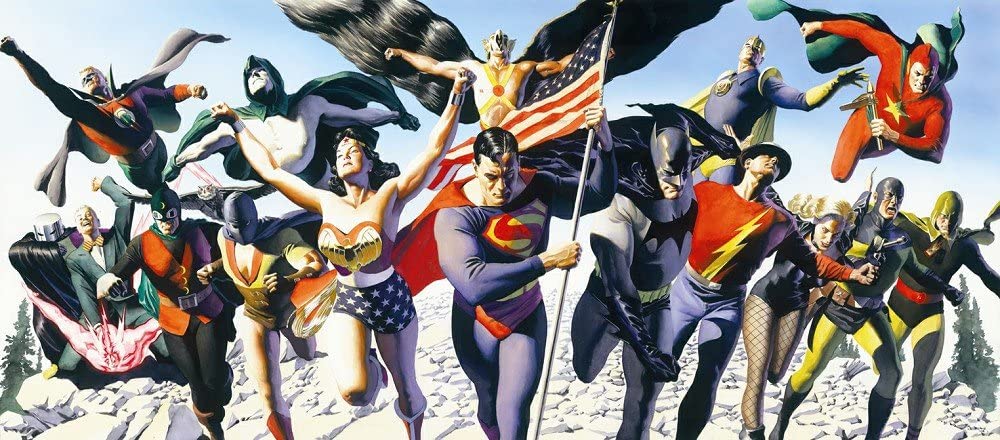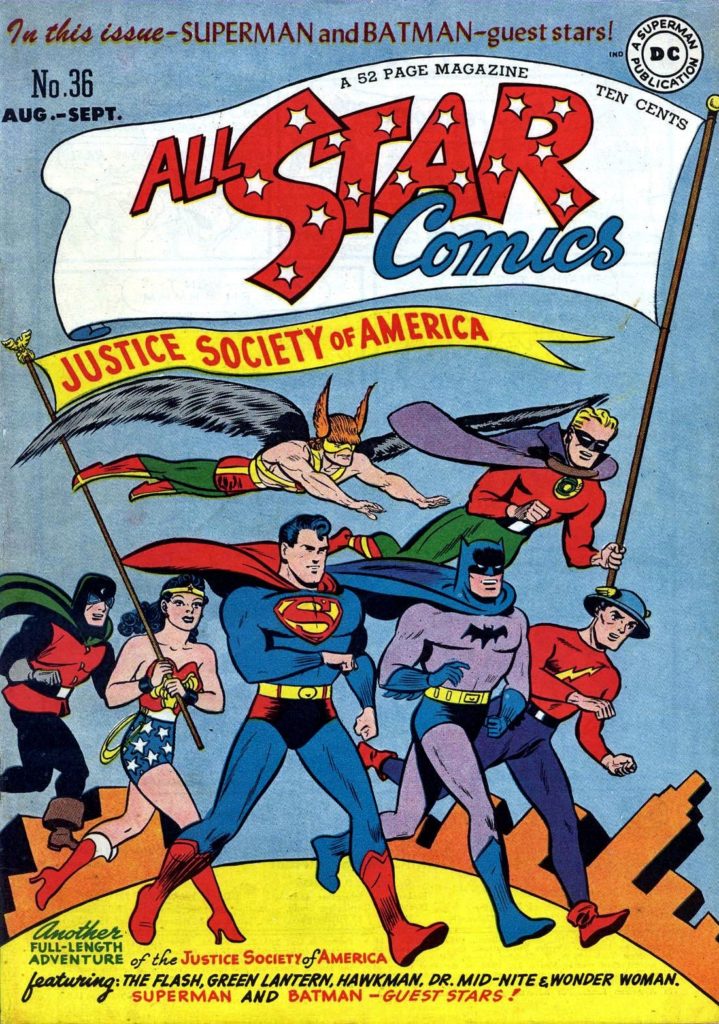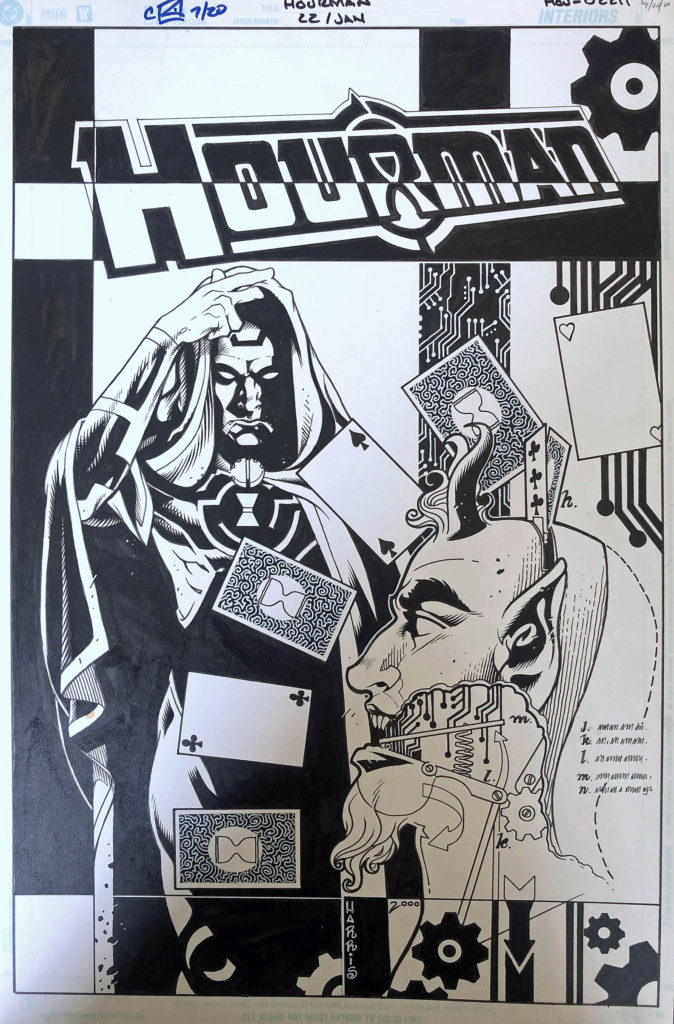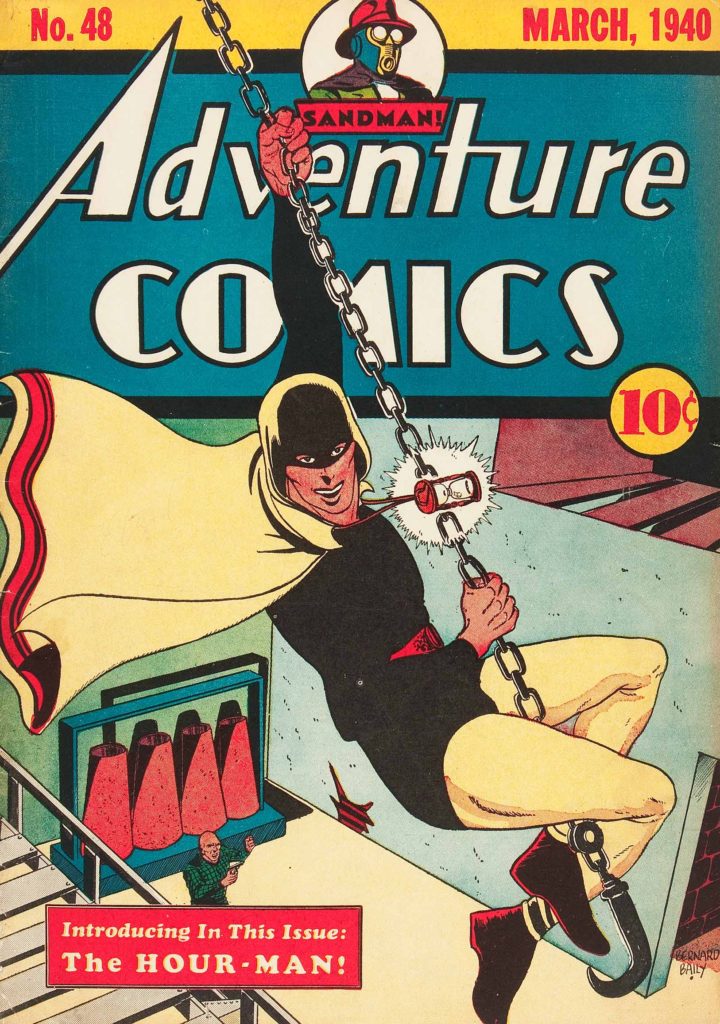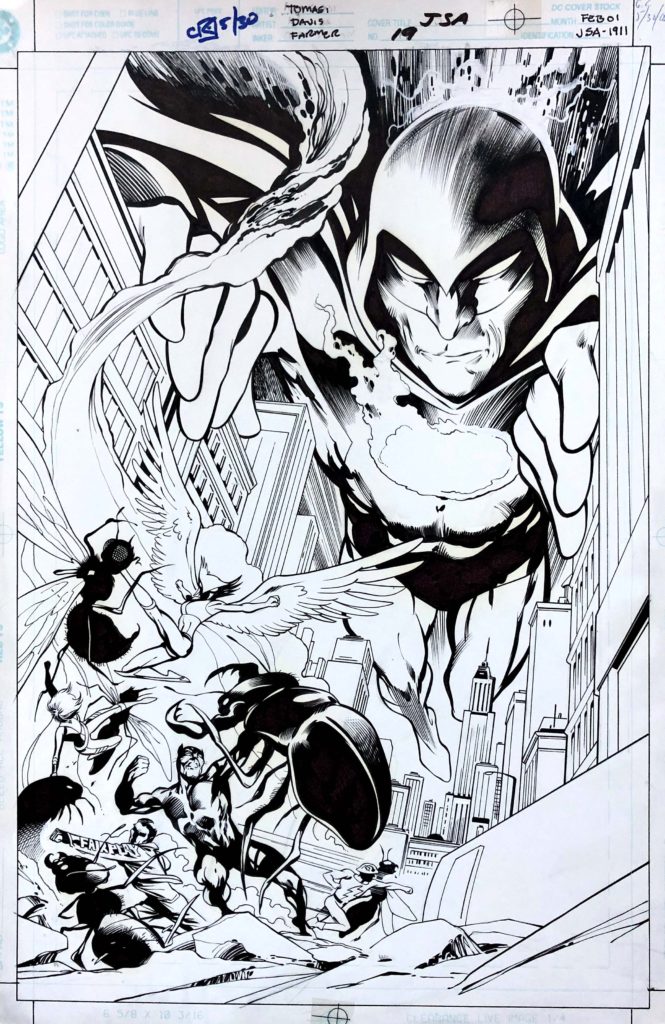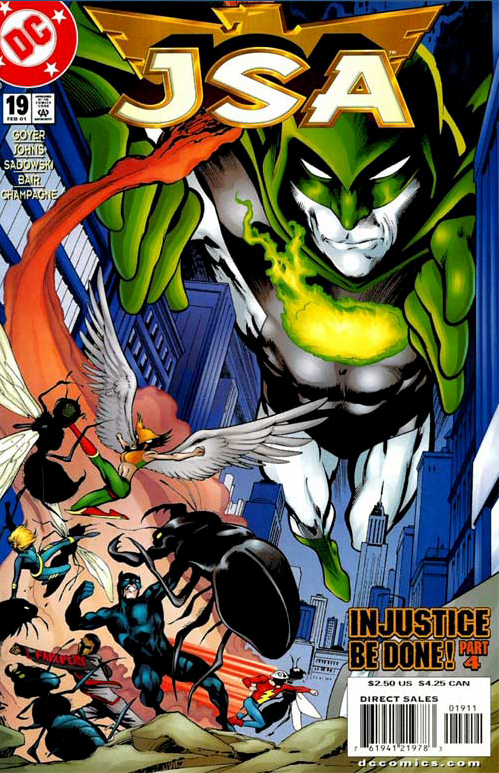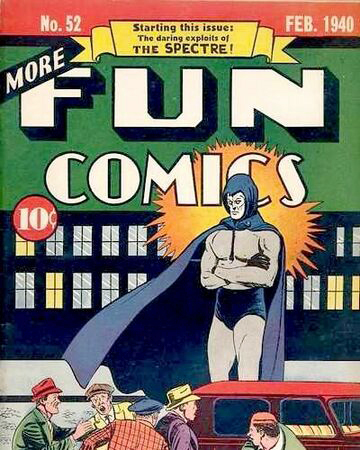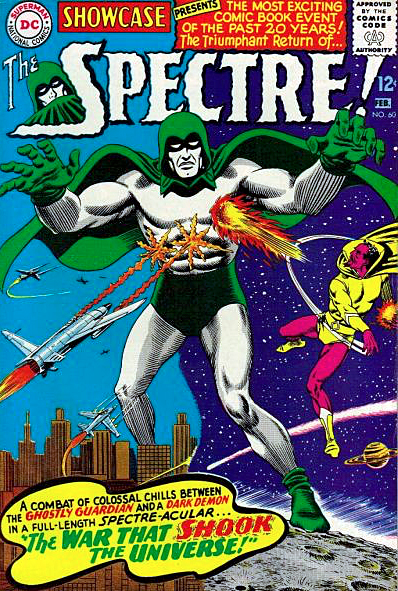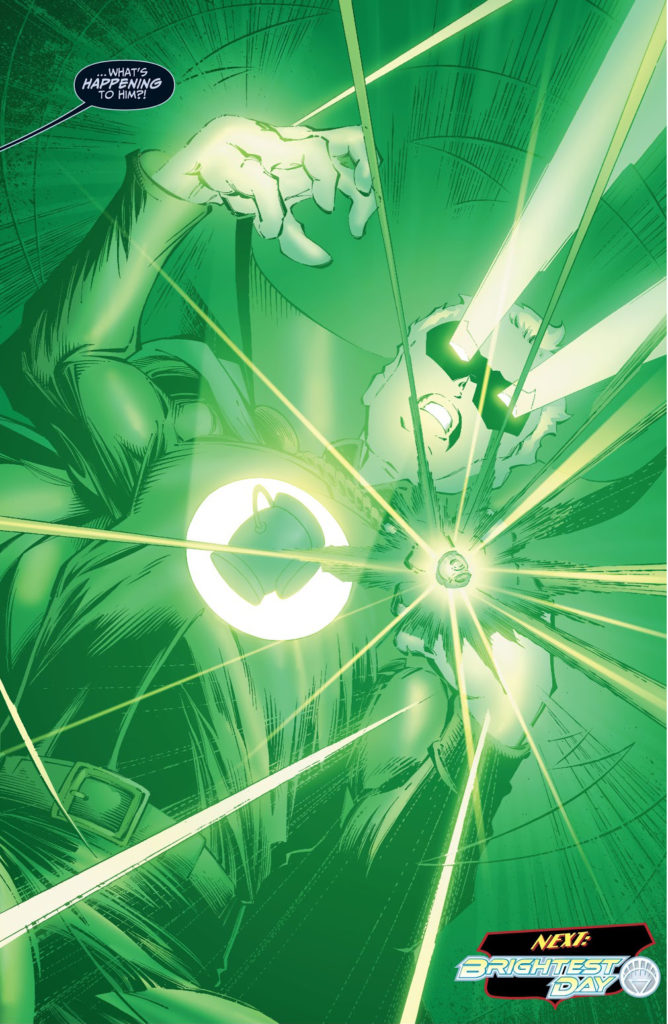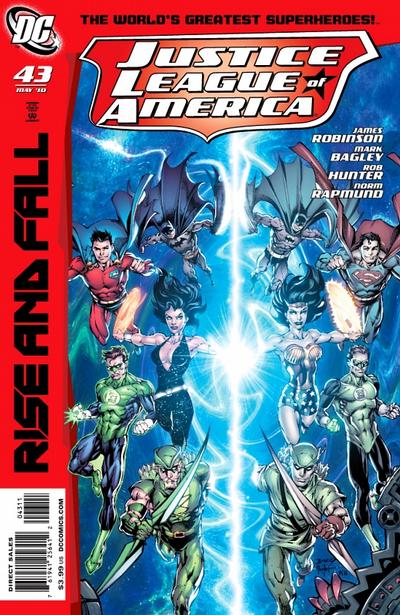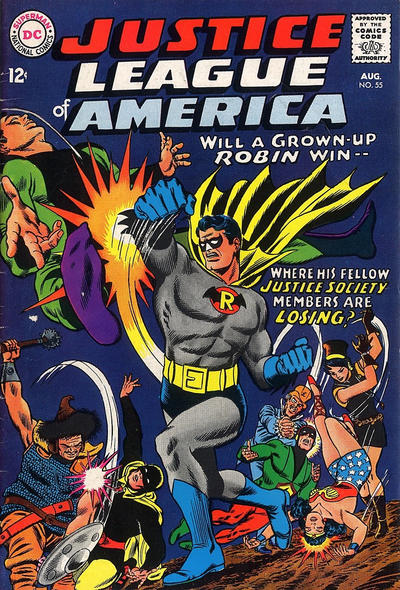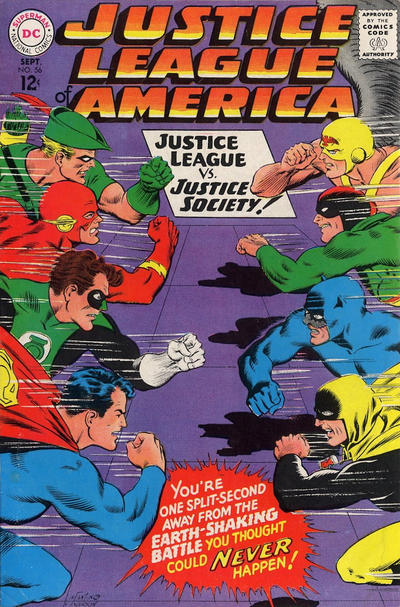Alex Ross — Justice Is Served
Giclee, Warner Brothers Store, 1997
Concluding our three-week tribute to the 80th anniversary of the JSA, with one special bonus post.
Alex Ross presents pretty much the entire classic Justice Society of America (16 heroes) in one fantastic image.
As noted earlier, I rarely post anything other than actual originals, but this piece is so great, it deserves its own showcase.
Other than perhaps the irony of Superman and Batman in the forefront (they barely appeared in the Golden Age JSA), this is everything you want, and more, in a exceptional photorealistic painting.
There seem to be many versions available of his image; mine is the large canvas, which I believe was limited to either 10 or 100. Unfortunately, the numbering was handwritten in sharpie marker, and like my Mickey Mantle and Sandy Koufax autographs (seriously), the numbering has faded into oblivion.
I sure hope I find that “certificate of authenticity” someday.
(A smaller version of the image is available for purchase here, and other versions have appeared in auction at Heritage and other houses.)

